Have you ever considered that your home might be a treasure trove of hidden opportunities to save both energy and money? With just a few creative tweaks and mindful habits, you can significantly cut down on electricity usage and reduce your monthly bills.
From optimizing your kitchen habits to rethinking your lighting choices, we provide practical and easy-to-implement tips to help you discover how you can make your home more energy-efficient without compromising on comfort or style.
Use Oven Preheating Time Wisely
The kitchen is often the heart of the home, but it can also be a hotspot for energy consumption. One simple yet effective way to save electricity is by making the most of your oven’s preheating time. Instead of waiting idly for the oven to reach the desired temperature, use this time to start cooking certain foods that can handle a gradual increase in heat.
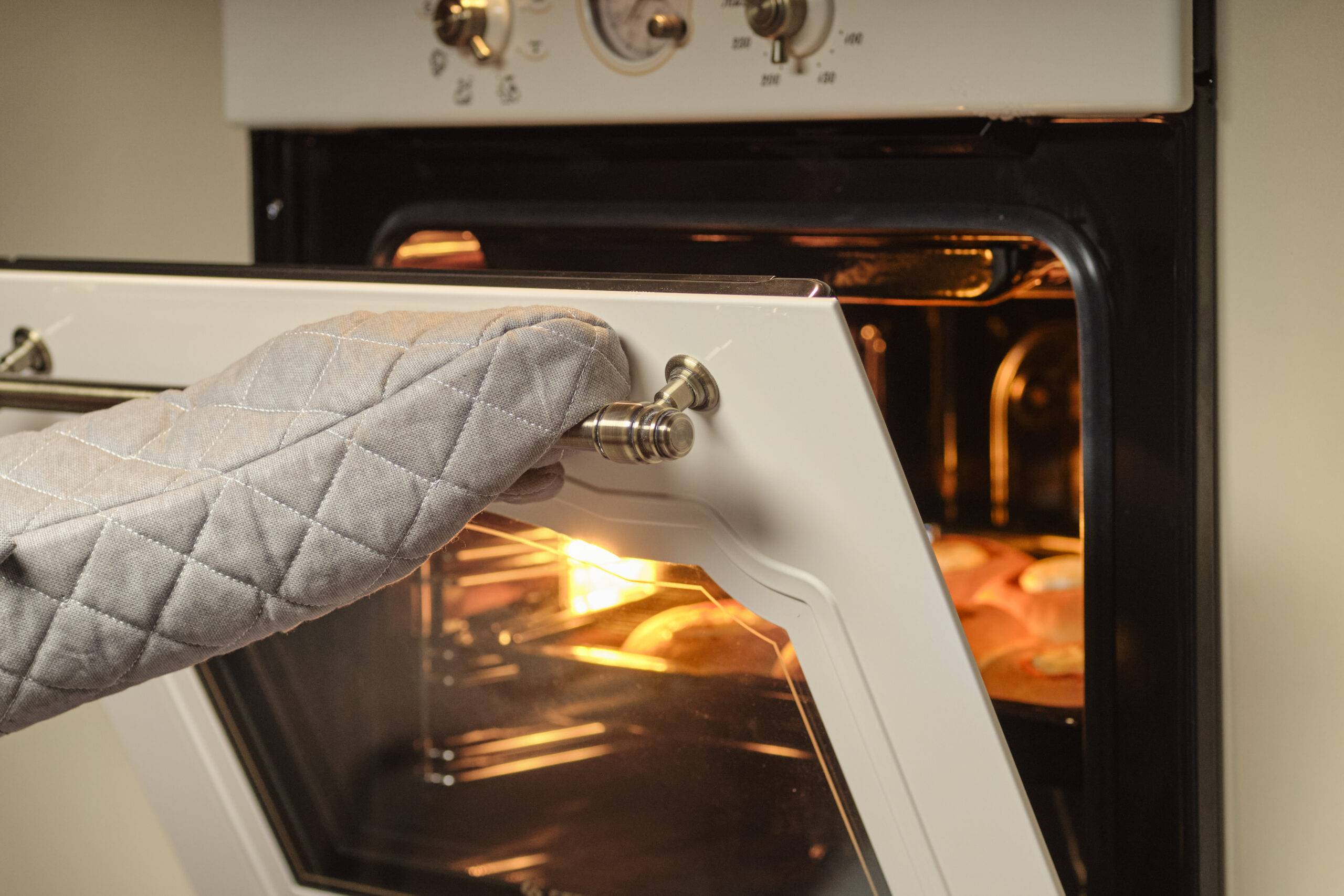
For instance, casseroles, baked potatoes, and even some baked goods can be placed in the oven during preheating. This not only saves time but also reduces the overall energy used by your oven. Additionally, consider using smaller appliances like toaster ovens or slow cookers for meals that don’t require a full-sized oven. These appliances typically consume less energy and can be just as effective for cooking smaller portions.
Embrace LED Bulbs and Natural Light
Lighting accounts for a significant portion of household electricity use, but with a few smart choices, you can reduce this consumption. Start by replacing traditional incandescent bulbs with energy-efficient LED bulbs. LEDs use up to 80% less energy and last much longer, making them a cost-effective choice in the long run.
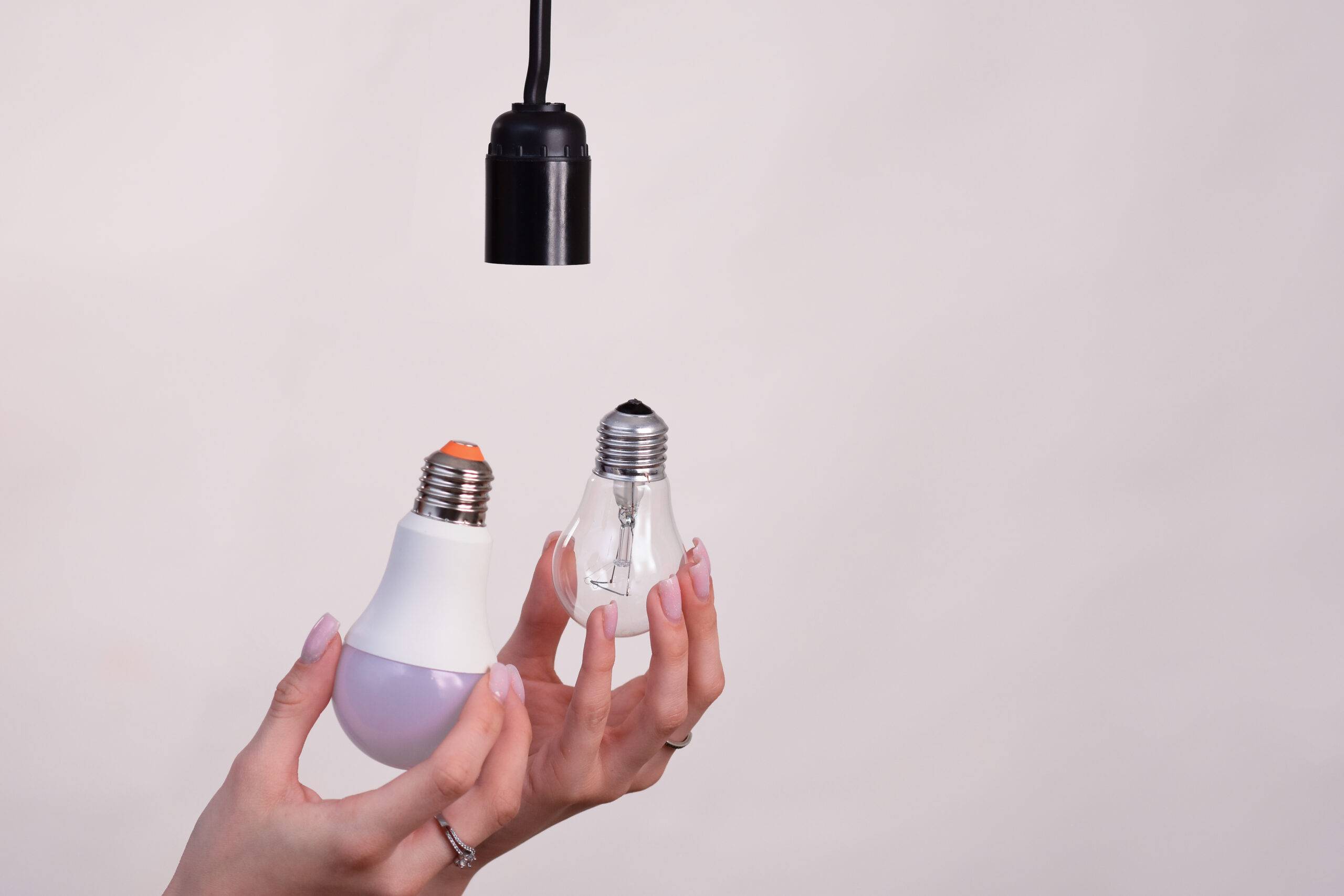
Don’t forget to make the most of natural light by keeping curtains and blinds open during the day. This not only reduces the need for artificial lighting but also creates a warm and inviting atmosphere in your home. For areas that require lighting during the day, consider installing motion sensors or dimmer switches to control the intensity and duration of light usage. These small adjustments can lead to significant savings over time.
Unplug Chargers and Electronics
Even when not in use, chargers and electronics can draw power from the outlet, contributing to your electricity bill. This phenomenon, known as phantom energy loss, can be easily prevented by unplugging devices when they’re not needed.
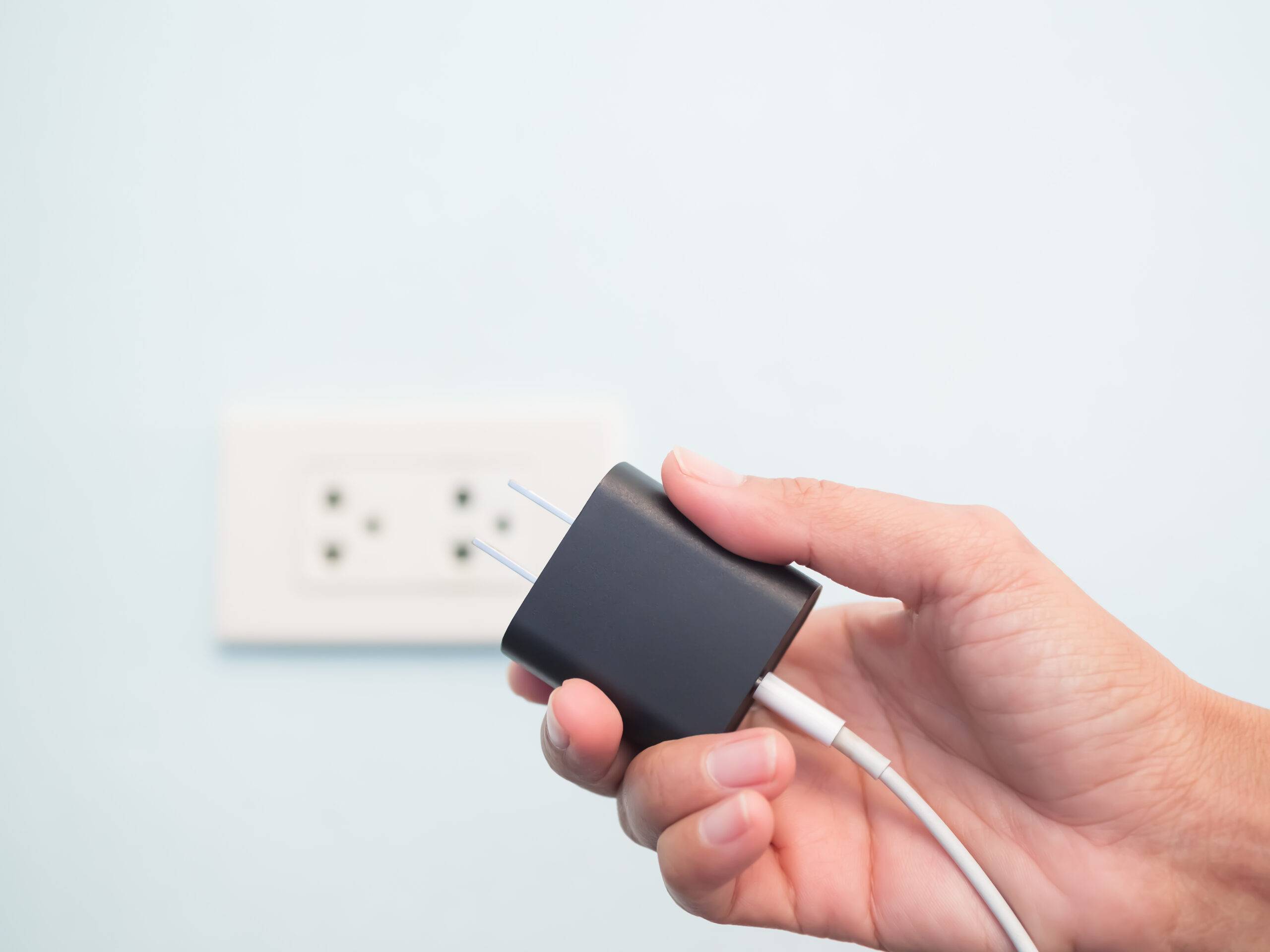
Consider using a power strip with an on/off switch to make it more convenient to cut power to multiple devices at once. By being mindful of your electronics and unplugging them when not in use, you can reduce your energy consumption and save money without any major lifestyle changes.
Seal Windows and Use Fans Wisely
Heating and cooling can be major energy drains, but with a few adjustments, you can keep your home comfortable without breaking the bank. Start by sealing windows and doors to prevent drafts, which can cause your heating or cooling system to work harder than necessary. Weatherstripping and caulking are affordable solutions that can make a big difference.
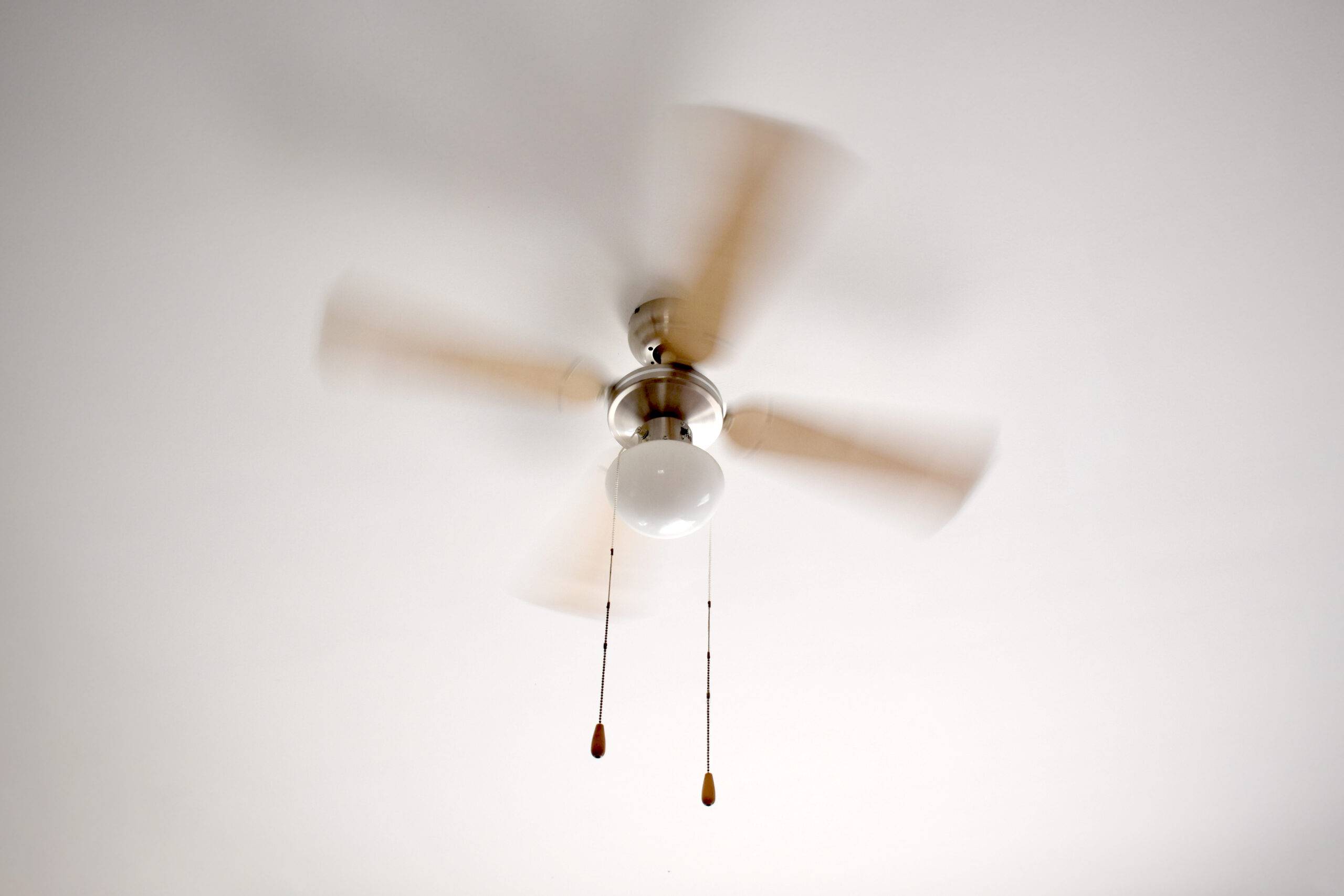
During warmer months, use ceiling fans to circulate air and create a cooling effect, allowing you to raise the thermostat by a few degrees without sacrificing comfort. In the winter, reverse the fan’s direction to push warm air down from the ceiling. These strategies help maintain a consistent temperature and reduce the need for excessive heating or cooling.
Wash with Cold Water and Air Dry Clothes
Laundry is another area where you can save both energy and money. Washing clothes in cold water instead of hot can significantly reduce electricity usage, as heating water accounts for a large portion of the energy used in a washing cycle. Modern detergents are designed to work effectively in cold water, so you won’t compromise on cleanliness.
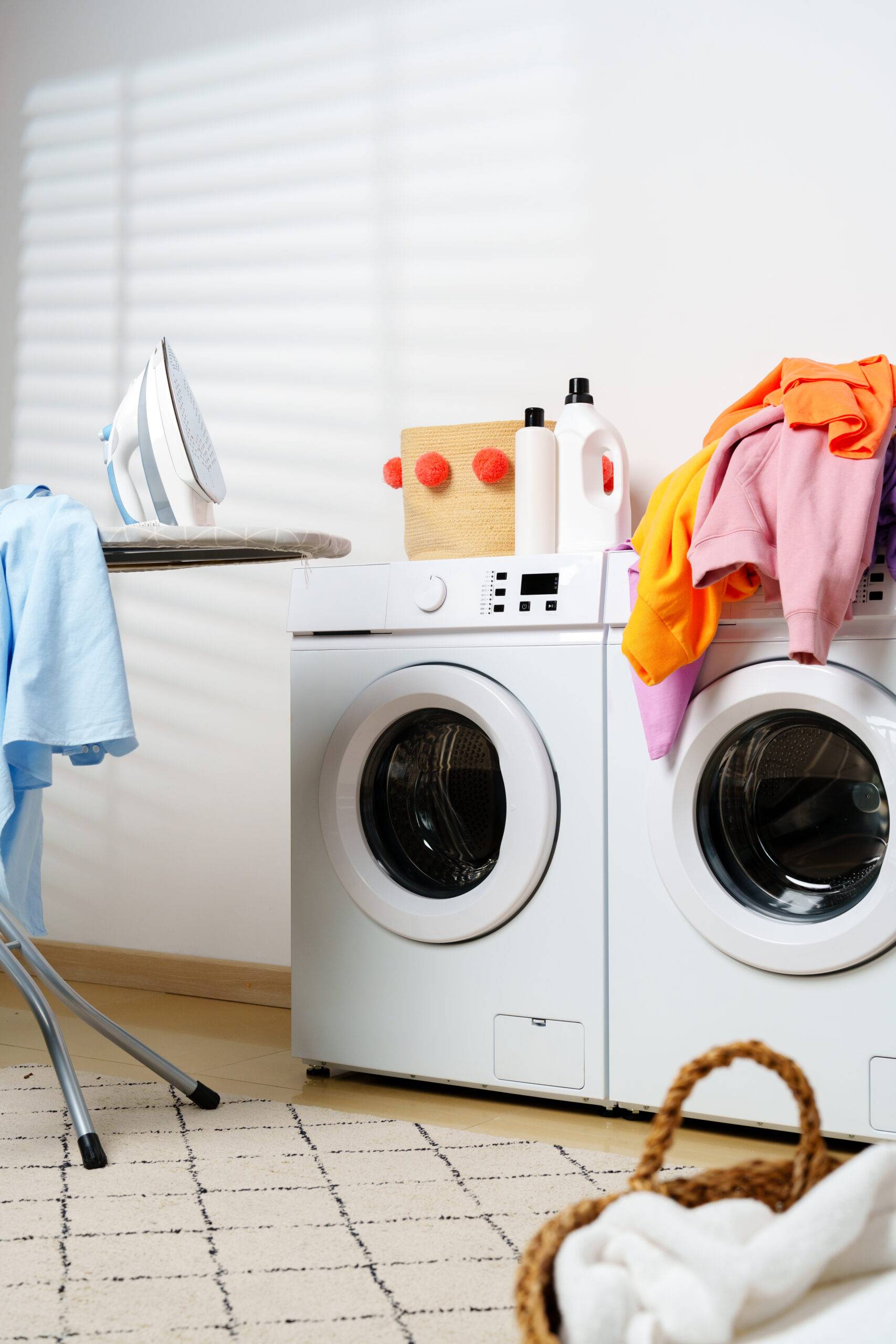
Additionally, consider air drying clothes whenever possible. Not only does this save energy, but it also extends the life of your garments. If you do use a dryer, make sure to clean the lint filter regularly to maintain efficiency and reduce drying time.
A Full Freezer Uses Less Energy
Did you know that a full freezer is more energy-efficient than an empty one? When your freezer is well-stocked, the frozen items help maintain the cold temperature, reducing the amount of work your appliance has to do. If you don’t have enough food to fill your freezer, consider using containers filled with water to take up space.
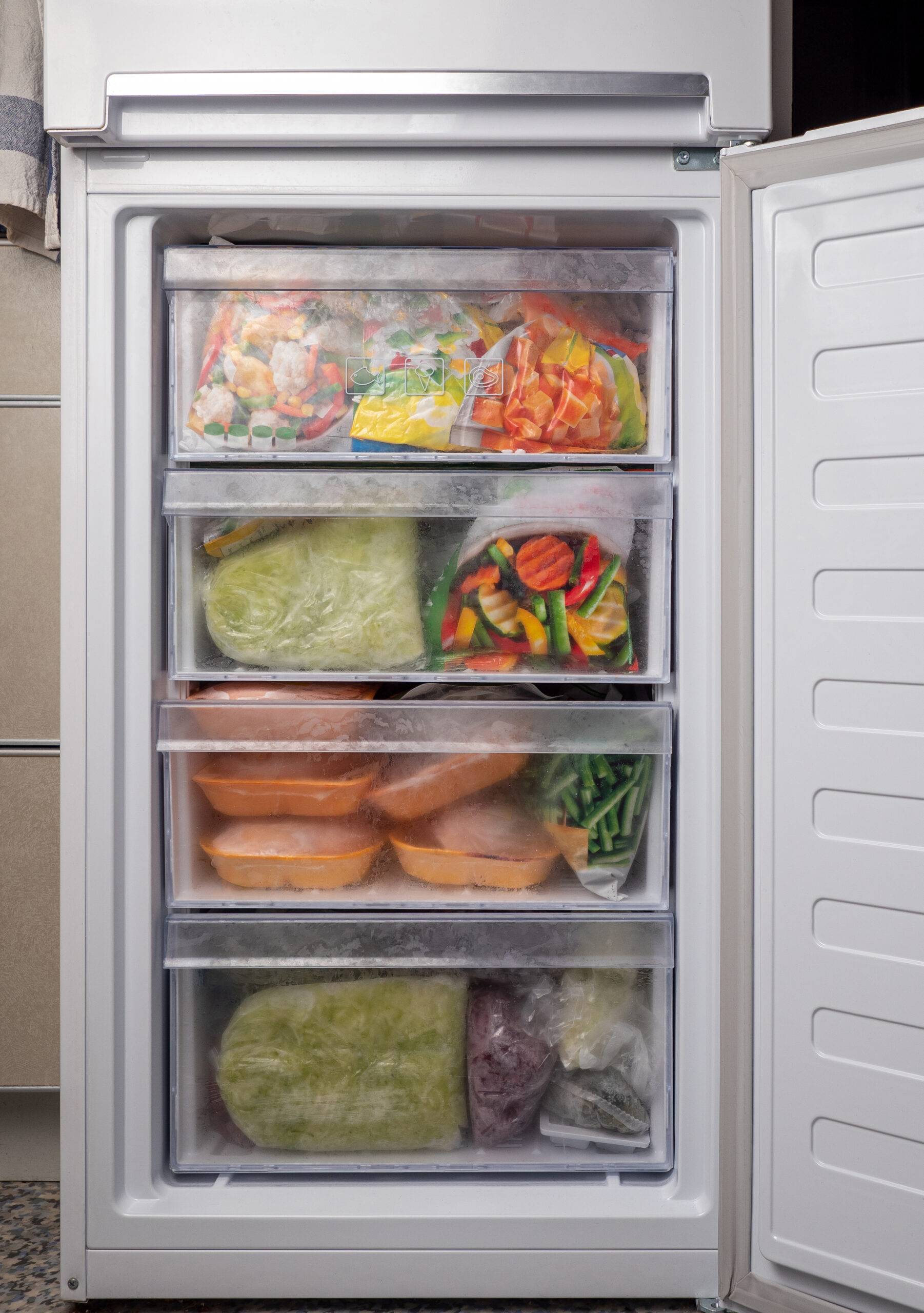
This simple trick not only saves energy but also ensures your food stays frozen longer during power outages. By keeping your freezer full, you can reduce energy consumption and extend the life of your appliance, all while keeping your food fresh and ready to enjoy.
Cover Up Liquids in the Fridge
It might seem trivial, but covering liquids in your fridge can actually save energy. When liquids are left uncovered, they release moisture into the air, making your fridge work harder to maintain the desired temperature.
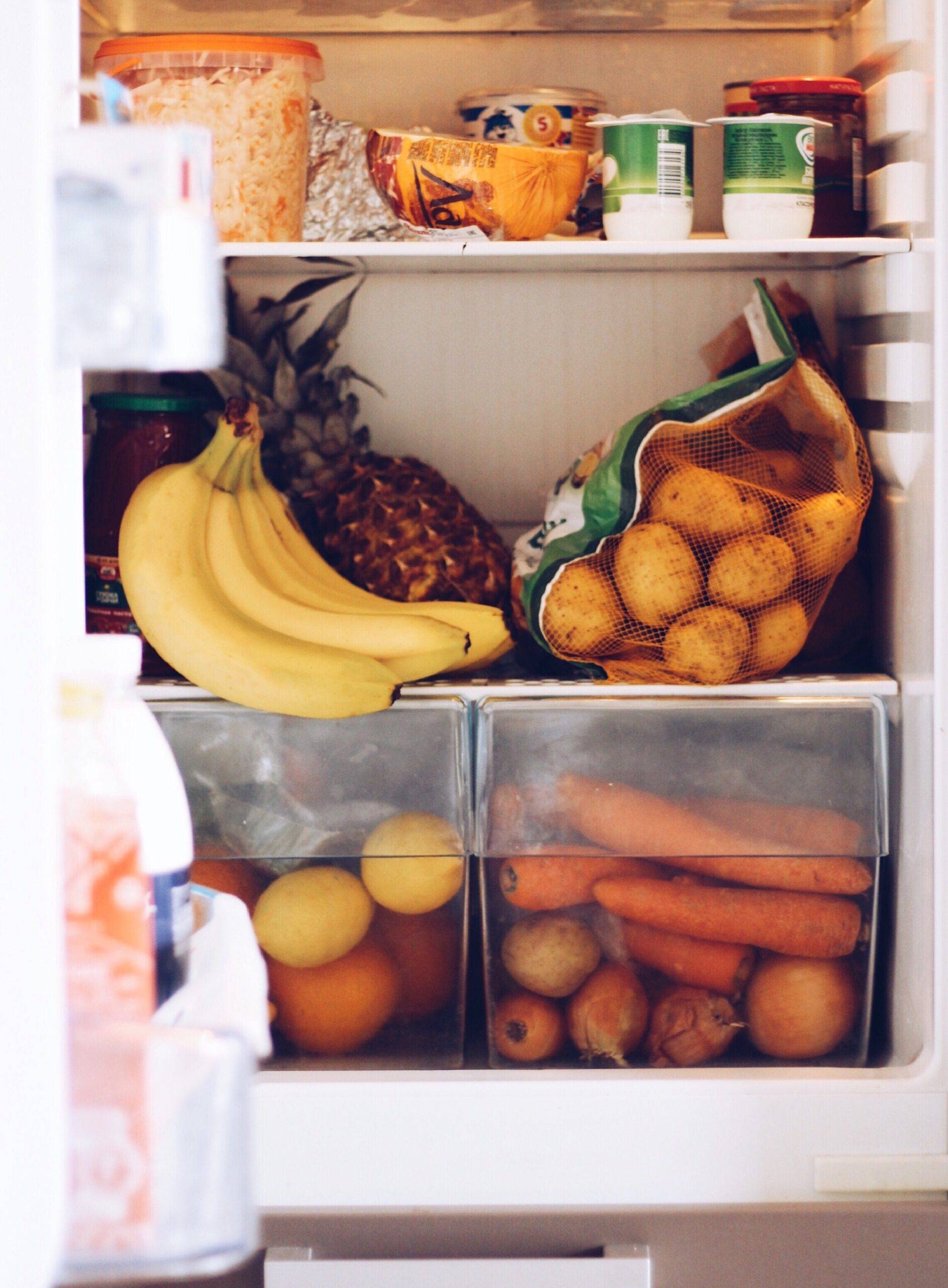
By simply covering your drinks and leftovers, you can reduce the humidity inside the fridge, allowing it to operate more efficiently. This small change can lead to noticeable savings on your electricity bill over time. Plus, it helps keep your food fresher for longer, reducing waste and saving you money on groceries.
Related Articles:
- Six Secrets to Saving Money While Sprucing up Your Living Space
- Decorating Tricks You’ll Wish You Knew Before Your Last Move
- Inexpensive Hacks That Elevate Your Home Decor But Not Your Budget
By incorporating these creative and practical strategies into your daily routine, you can significantly reduce your electricity usage and save money on your energy bills. Each small change contributes to a larger impact, not only on your wallet but also on the environment. So, take the initiative and start implementing these tips today. Your home, your bank account, and the environment will thank you for it.
Ready to bring new life to your home? Subscribe to our newsletter for exclusive interior design tips, trends, and ideas that will transform your space. Click here to subscribe!

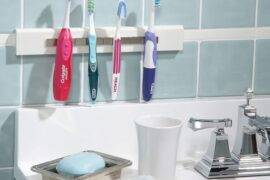


![How To Clean Throw Pillows [And How Frequently You Should!]](https://cdn.decoist.com/wp-content/uploads/2023/02/Throw-Pillows-84530-270x180.jpeg)



